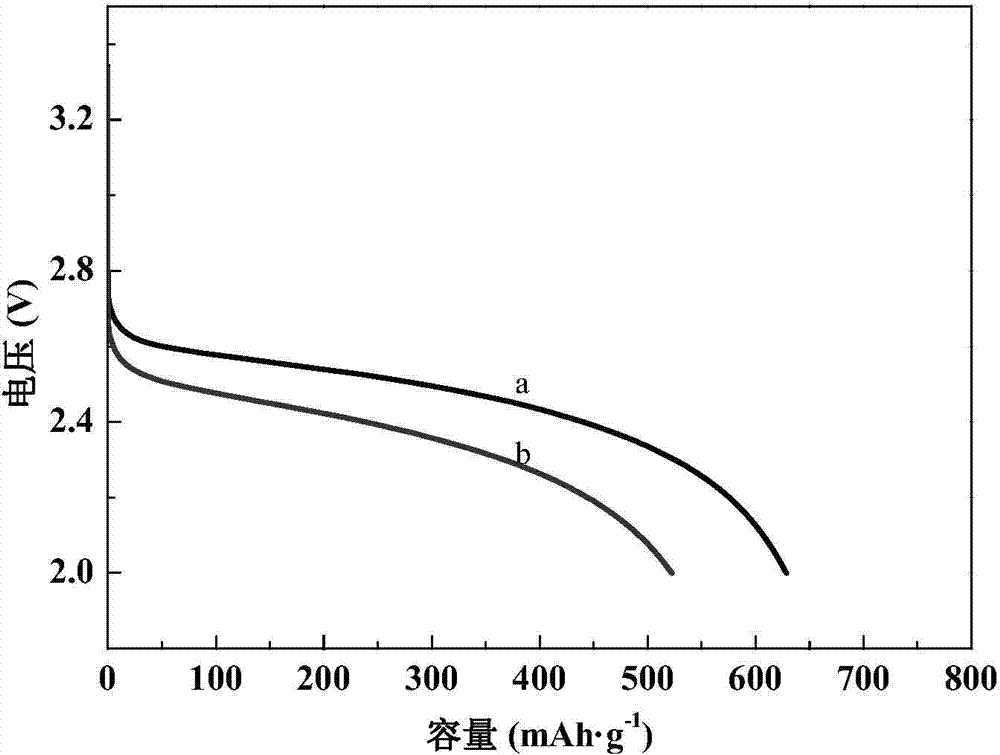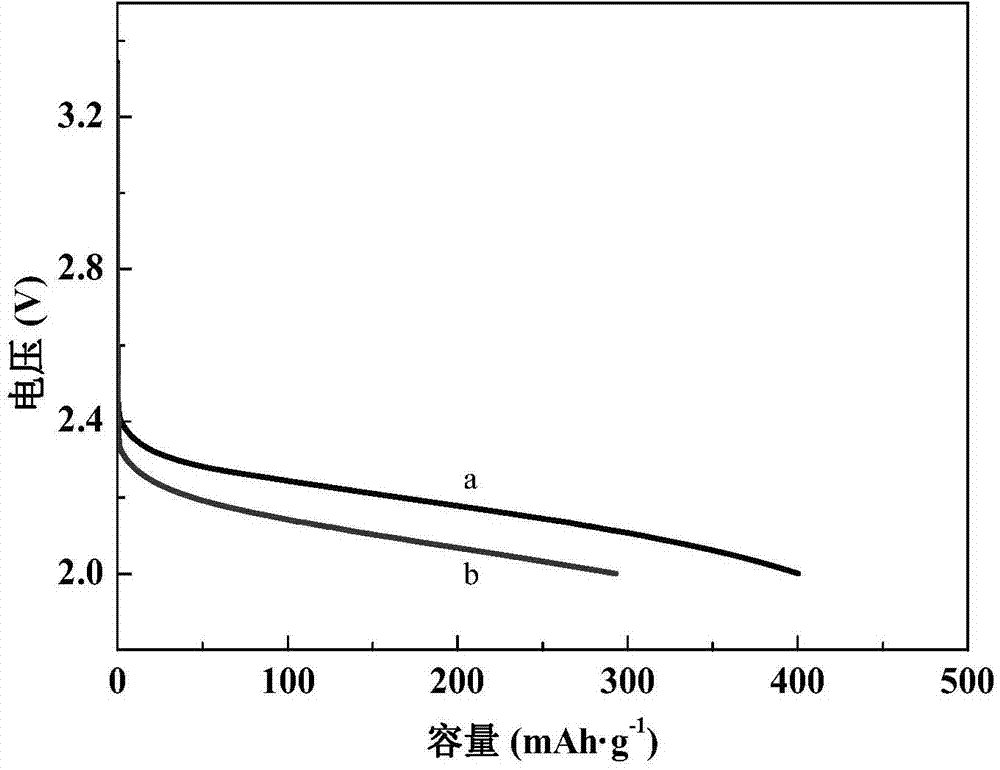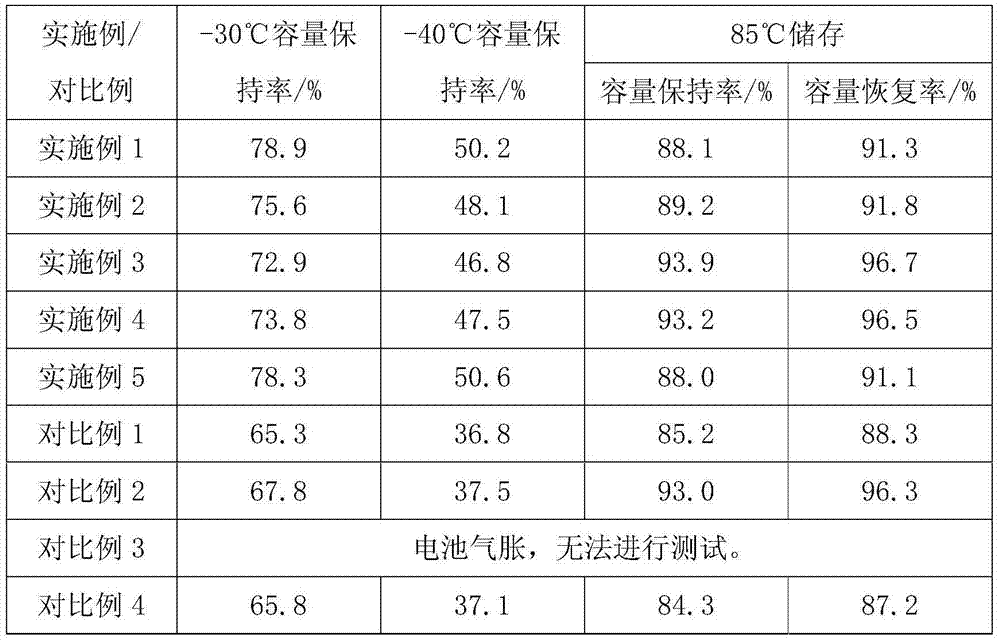Lithium-ion battery electrolyte
A lithium-ion battery and electrolyte technology, which is applied in secondary batteries, circuits, electrical components, etc., can solve problems that have not been seen yet, and improve low-temperature discharge performance and high-temperature storage performance, improve high-temperature storage performance, and improve low-temperature performance Effect
- Summary
- Abstract
- Description
- Claims
- Application Information
AI Technical Summary
Problems solved by technology
Method used
Image
Examples
Embodiment 1
[0017] In an inert atmosphere glove box with moisture less than 5ppm, mix 9g of propylene carbonate (PC) and 21g of ethyl propionate (EP) after molecular sieve dehydration, and then slowly add 4.725g of lithium hexafluorophosphate (LiPF 6 ), the temperature of the electrolyte is controlled not to exceed 30°C during the process of adding the lithium salt, and after the lithium salt is completely dissolved, add 1.042g of vinyl sulfite (VES) and 0.695g of vinylene carbonate (VC), and shake well to obtain electrolyte.
[0018] The mass percentage of each component in the electrolyte is as follows: Lithium salt LiPF 6 It is 13%, propylene carbonate (PC) is 24%, ethyl propionate (EP) is 58%, additive VC is 2%, additive vinyl vinyl sulfite (VES) is 3%.
[0019] The prepared electrolyte is injected into a soft package battery with lithium iron phosphate as the positive electrode and graphite as the negative electrode according to the conventional battery manufacturing process. The b...
Embodiment 2
[0027] The mass percentage of each component in the electrolyte is as follows: Lithium salt LiPF 6 It is 13%, propylene carbonate (PC) is 25%, ethyl propionate (EP) is 51%, diethyl carbonate (DEC) is 9%, additive VC is 1%, additive vinyl vinyl sulfite ( VES) is 1%. The electrolyte preparation method, battery production and testing process are the same as in Example 1.
Embodiment 3
[0029] The mass percentage of each component in the electrolyte is as follows: Lithium salt LiPF 6 It is 12%, propylene carbonate (PC) is 49%, ethyl propionate (EP) is 9%, diethyl carbonate (DEC) is 26%, additive VC is 1%, additive vinyl vinyl sulfite ( VES) is 3%. The electrolyte preparation method, battery production and testing process are the same as in Example 1.
PUM
 Login to View More
Login to View More Abstract
Description
Claims
Application Information
 Login to View More
Login to View More - R&D
- Intellectual Property
- Life Sciences
- Materials
- Tech Scout
- Unparalleled Data Quality
- Higher Quality Content
- 60% Fewer Hallucinations
Browse by: Latest US Patents, China's latest patents, Technical Efficacy Thesaurus, Application Domain, Technology Topic, Popular Technical Reports.
© 2025 PatSnap. All rights reserved.Legal|Privacy policy|Modern Slavery Act Transparency Statement|Sitemap|About US| Contact US: help@patsnap.com



